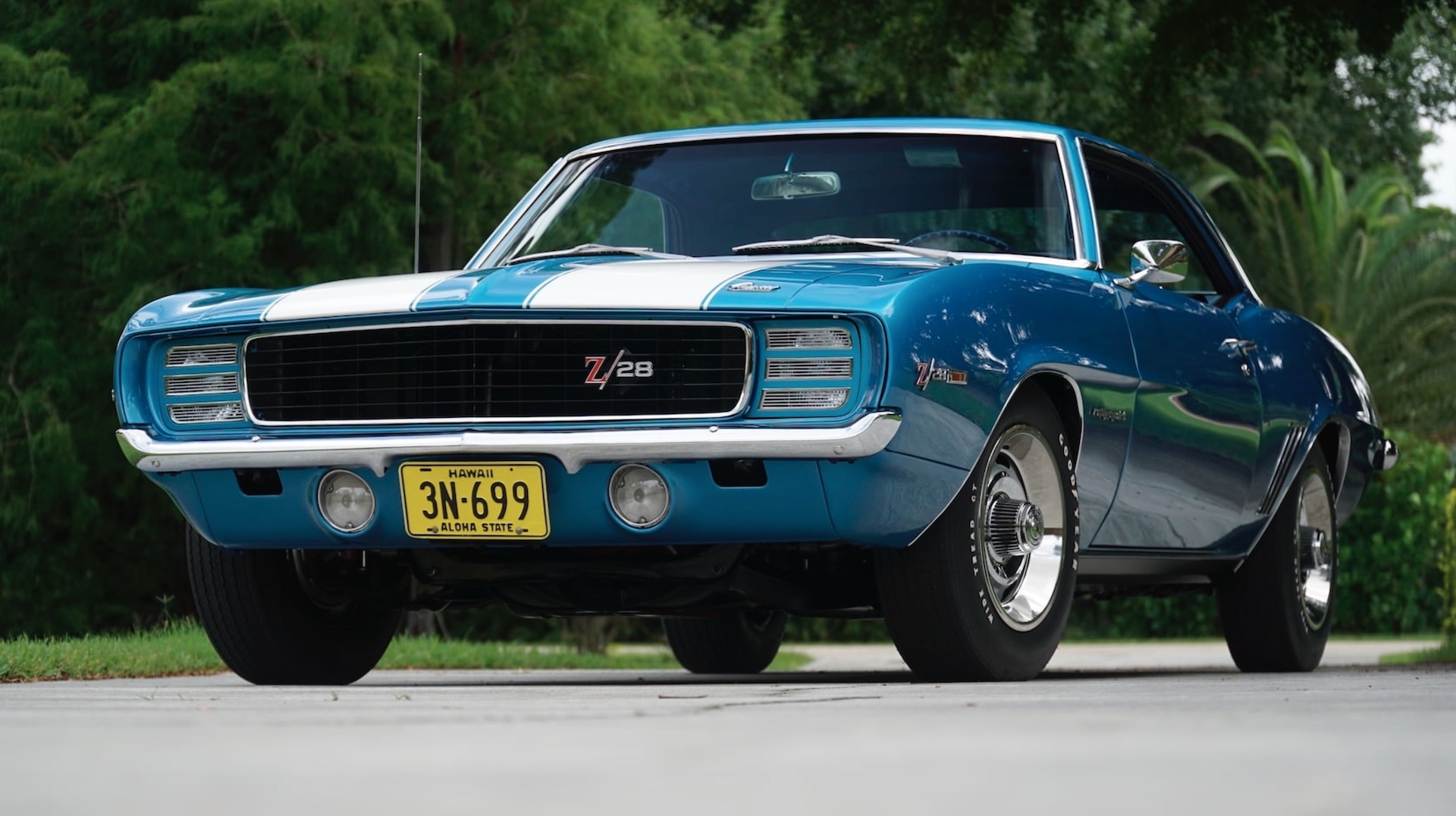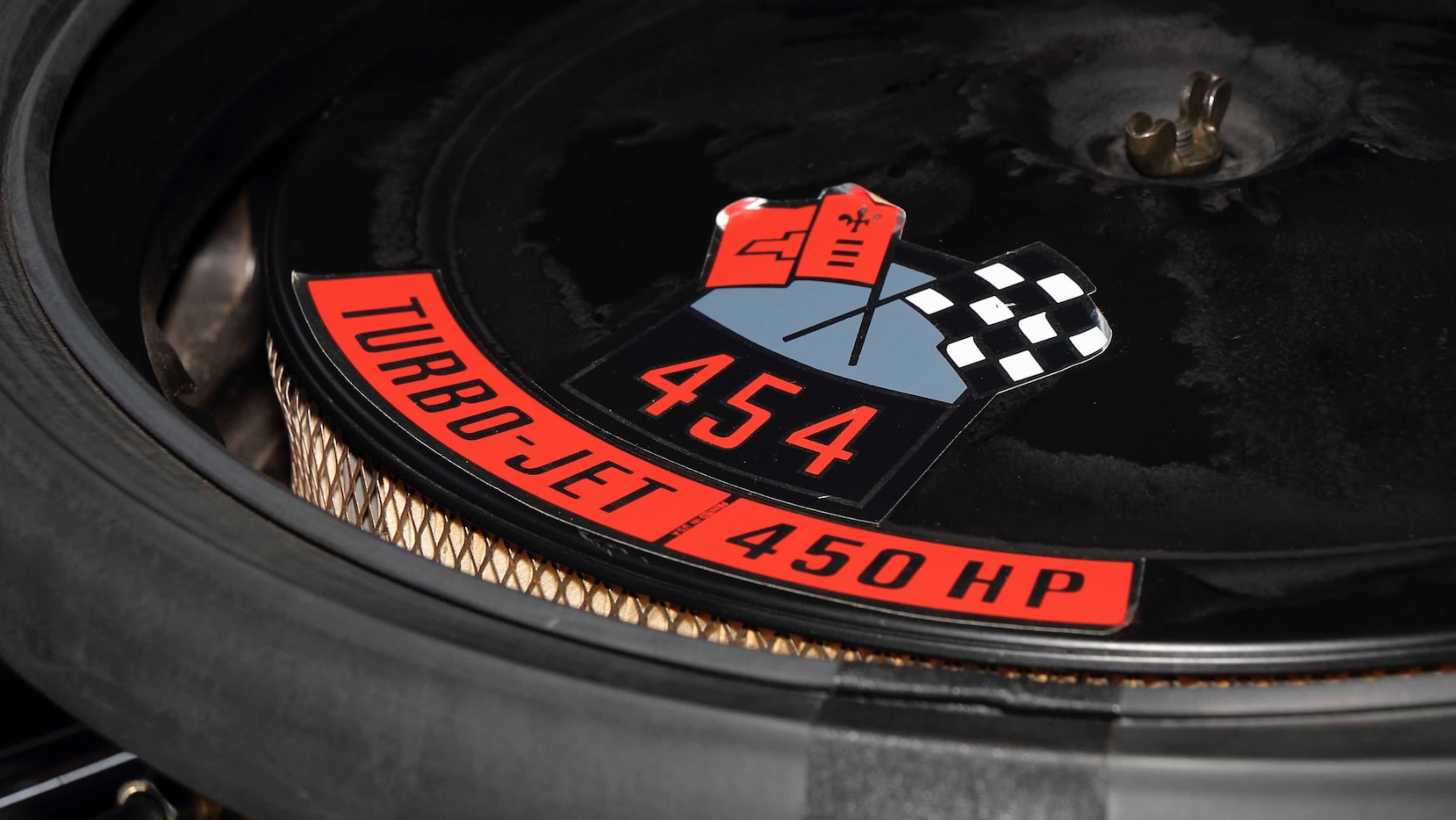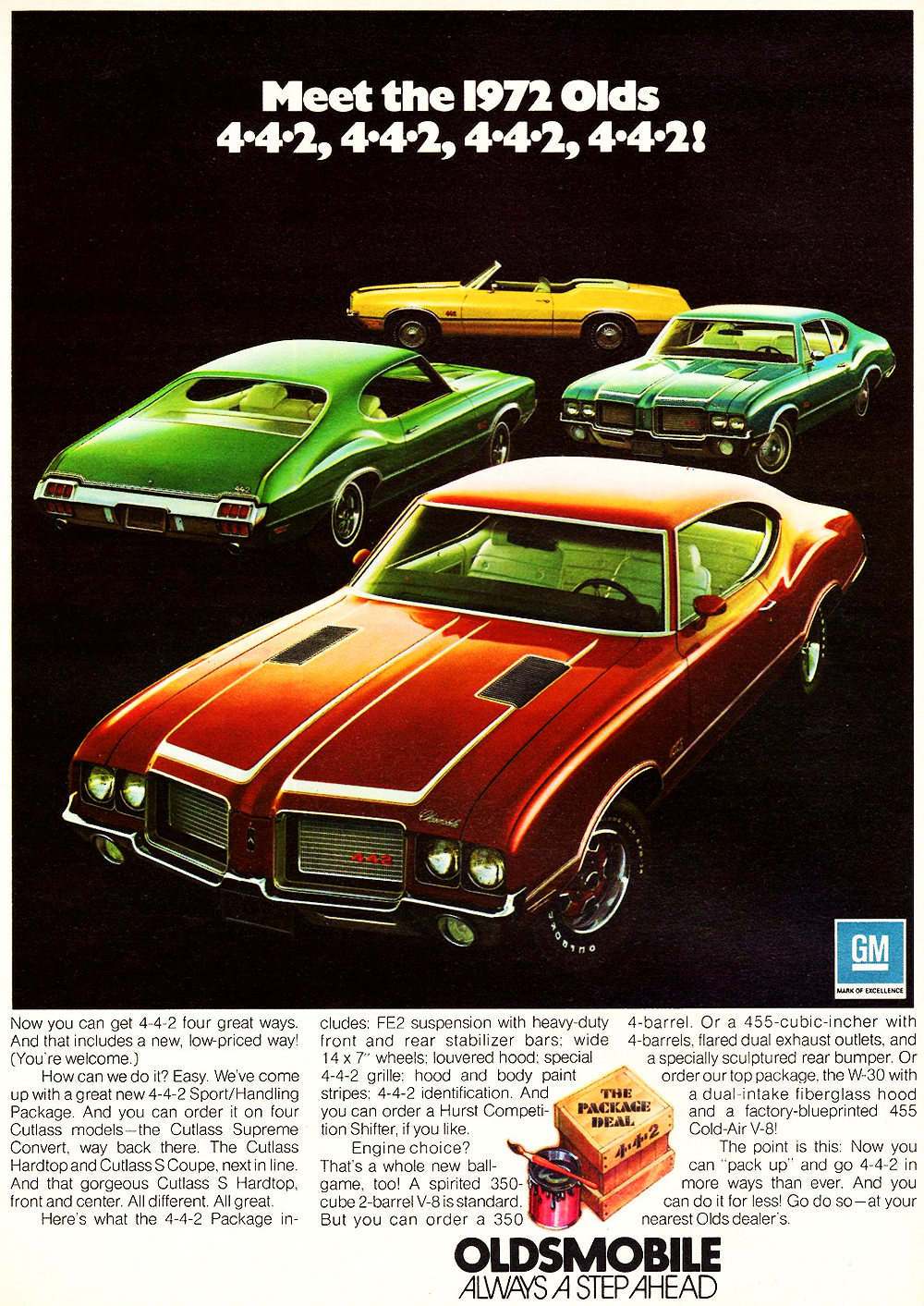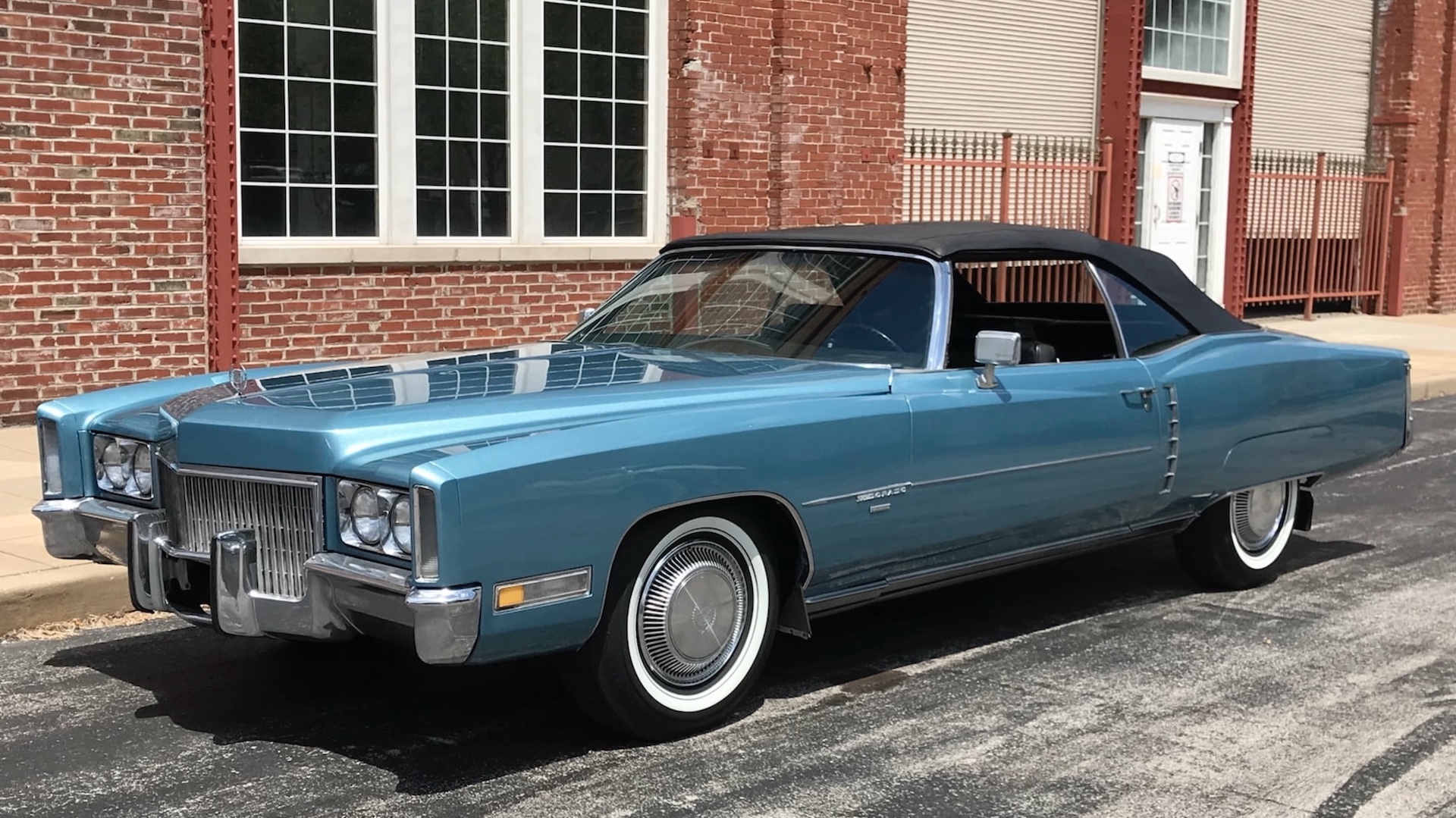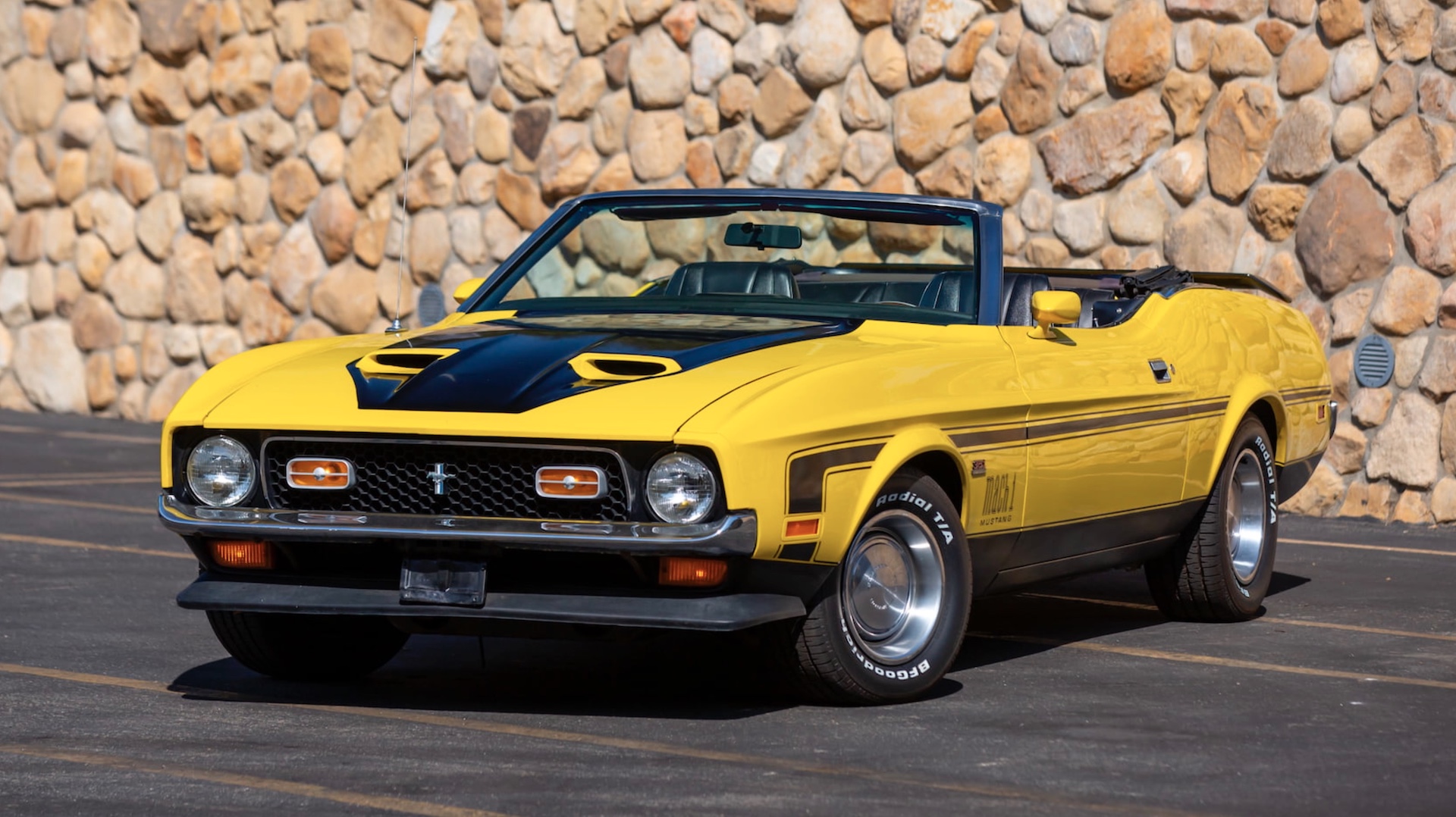One night, half a century ago, cattle rustlers from the Society of Automotive Engineers busted in to garages, dealerships and factories across America and made off with thousands of horses.
Not physically, of course, but that’s what it looked like on paper. A change in the way engine power was calculated meant that some cars appeared to have suddenly lost up to 130 hp overnight, despite the actual specification of the engines in many cases not changing at all.
Fifty years on, this switch still causes confusion when people make the mistake of trying to compare the different kinds of figures, which results in even ordinary 1960s cars appearing far more potent than they were, and over exaggerates how much performance suffered due to the effects of emissions legislation from the beginning of the 1970s to the middle of that decade.
But how did this come about and what were the implications for American car buyers? Unbutton your shirt, slot a Led Zeppelin album in the eight-track and let’s journey back to the dawn of the 1970s to find out.
Related: Detroit Switched To Unleaded Fuel 50 Years Ago, Here’s How Horsepower Took A Hit
By 1970, Detroit’s four carmakers had been engaged in an all-out horsepower war for well over a decade, and engine outputs had reached outrageous levels. Some of those numbers were deliberately underrated, such as the Camaro Z28’s 290 hp, to appease insurers, racing organizations and politicians, while others were inflated for marketing purposes.
But more confusing was that all were “gross” horsepower figures, calculated on a test bench in a state that bore little resemblance to how they operated when fitted to a car. Power was measured with the spark and fueling optimized, no air cleaner or restrictive exhaust fitted, and and no power sapping fan to turn. Think of it as the automotive equivalent of a famous music producer auto-tuning your awful bathtub wailing into something capable of topping the charts. Yeah, it’s you singing, but that’s not how you really sound.
What it meant is that customers couldn’t be sure exactly how much horsepower they were getting, but many of them were getting much less than they were promised, and politicians in California didn’t like it. In 1970 California passed a bill that demanded automakers quote “net” horsepower calculated using S.A.E Standard J245 when communicating engine power to customers in advertisements, brochures and manuals starting with the 1972 model year. But rather than quote one power figure for the Golden State and another for the rest of the country, Detroit’s Big Four opted to quote the new “net” hp figures across the board.
Instead of testing engines on benches like they were prepping your aunt Betty’s Caprice for a qualifying session at Daytona, automakers would generate power numbers with intake manifolds at operating temperatures, with the fan and air cleaner installed and the spark advance set for normal use to simulate real-world conditions.
The resulting figures shouldn’t be confused with at-the-wheels horsepower numbers you might get from taking your car to a modern dyno, because they’re still crank-horsepower figures (and the current S.A.E testing protocols used by manufacturers are also fractionally different to the ’72-on net figures). But they did finally promise customers more transparency.
“You could compare the situation to a test of the physical stamina of a soldier,” an auto industry insider explained to The New York Times in December 1971.
“When the soldier is dressed in shorts and tennis shoes, he is performing at his gross capacity. But when you load him down with his helmet, uniform, combat boots, a 75‐pound field pack and an eight‐pound rifle, he is operating at his net capacity. The Army is only interested in how well he can perform in full combat gear – not how he does when he’s almost naked.”
QOTD: Which Classic Muscle Car Had The Best Badge Or Graphics?
Some carmakers made tentative steps towards the new system in the 1971 model year and quoted both gross and net horsepower numbers. But since only the gross numbers were comparable with the power from the previous year’s cars, they were the most prevalent figures. And for anyone buying a new car and wanting to brag to their buddies, being able to say your new ride had 275 hp sounded a heap more appealing than admitting it was actually only packing 190.
An 85 hp loss? Well, some were much worse than that. And the non-uniform differences between the old and new figures highlighted just how much Detroit had been manipulating those pre-1972 numbers. The really basic entry-level cars running economy-minded four- and six-cylinder engines weren’t hugely affected. But further up the scale there were some Grand Canyon-sized gulfs between old and new numbers.
Let’s take a look at how the change affected some well known cars. Helpfully, GM and Chrysler released both gross and net hp figures in 1971, so we’re able to compared them directly. Ford doesn’t seem to have obliged, so we’ve picked a couple of Mustangs that appear to have been carried over unchanged from ’71 to ’72 for comparison.
Cadillac Eldorado
The biggest loser we’ve come across happens to be the biggest engine fitted to a passenger car at that time. Cadillac’s (8.2-liter) V8 was rated at 400 hp (406 PS) in 1970, but dropped to 365 hp (370 PS) in 1971 as a result of GM slashing the compression ratio to suit low-lead fuel. But that fall was nothing compared to what happened the following year when the new measuring protocol revealed the unchanged Eldorado’s V8 actually only made 235 hp (238 PS).
Chevrolet Corvette
Related: The 500+ HP L88-Code Corvette Was 1968’s Scariest C3
The Vette’s bottom-rung 350 cu-in (5.7-liter) V8 stumbled from 270 hp (274 PS) to just 210 hp (213 PS) in the shift from gross to net power according to GM’s 1971 figures, and its high-performance 350 LT1 brother didn’t look like such a high performer now that it was rated at 275 hp (279 PS) instead of 330 hp (335 PS). Top of the tree was the 454 (7.4-liter) LS5, which was more honestly rated at 285 hp (289 PS) down from 365 (370 PS).
Ford Mustang
The Mustang’s entry-level 250 cu-in. (4.1-liter) Thriftpower six was rated at 145 hp (147 PS), and the mid-range 351 cu-in. (5.8-liter) V8 supposedly made 240 hp (243 PS) in 1971, the year Ford gave its pony car a redesign. Come 1972 though, those same engines were now rated at just 95 hp (96 PS) and 177 hp (179 PS) respectively.
Dodge Charger
Chrysler made some fairly major changes to its engine lineups for 1972, including replacing the well-respected 383 (6.3-liter) Magnum V8 with a new 400-cube (6.6-liter) motor meaning it’s not that easy to compare the two model years. But Chrysler’s 1971 data shows that the journeyman 225 cu-in. (3.7-liter) Slant Six only claimed 35 hp more than its true 110 hp (112 PS) output, while the 318 cu-in (5.2-liter) V8 promised 230 hp (233 PS) when it really only made 155 hp (157 PS).
Interestingly, it also reveals a net power figure for the mighty 426 Hemi, which was discontinued for 1972. Rated at 425 gross hp (431 PS) right through the second half of he 1960s until its death in ’71, Chrysler admitted it actually only made 350 hp using the new protocol, though many Mopar fans believe even that number was underrated…





